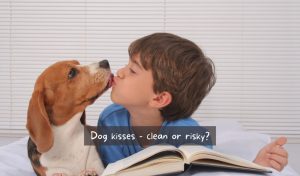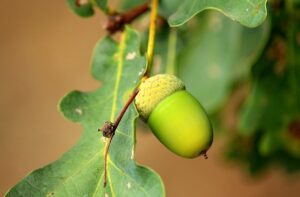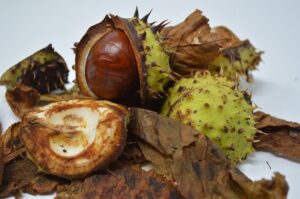As a dog owner, you may be wondering if it’s safe to let your dog lick your wound.
After all, dogs have been known to lick their wounds and clean them up that way.
However, there are some risks associated with allowing your dog to lick your wound.
In this blog post, we’ll discuss the pros and cons of letting your dog lick your wound so that you can make an informed decision about what’s best for you and your pet.
A quick lick of your wound by your dog is unlikely to cause any problems but persistent licking could hinder recovery and cause irritation plus there is a risk of further infection. So, although it may be comforting, it is not a great idea to let your dog lick your open wounds and injuries.
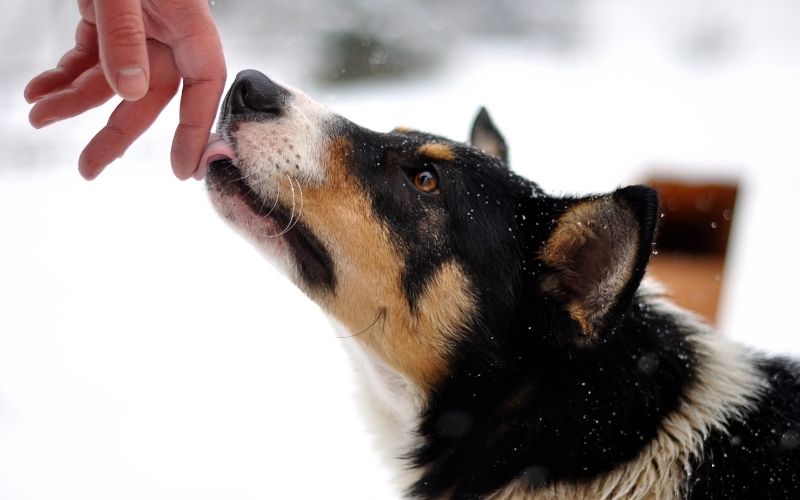
Why you shouldn’t let dogs lick human wounds
The main reason why you might not want to let your dog lick your wound is because of the risk of infection.
Dogs can carry bacteria in their mouths that can cause infections, so if your dog licks an open wound, there’s a chance that you could develop an infection.
However, it’s important to keep in mind that the risk of infection is relatively low, and as long as you keep the wound clean and monitor it for any signs of infection, you should be fine.
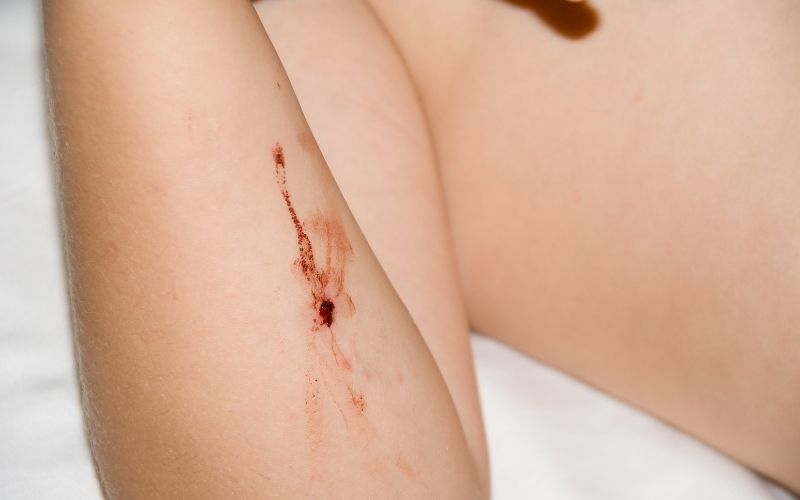
Another reason why you might not want to let your dog lick your wound is because it could be painful.
If your wound is fresh and still healing, the last thing you want is for your dog to further irritate it by licking it.
However, if the wound is older and has already healed up a bit, then there’s a good chance that it won’t be painful if your dog licks it.
Also if your dog has any wounds or injuries of his own, such as open sores or he is ill then you should certainly not allow him to lick your wounds due to the risk of him causing infection.
Are there any benefits to allowing a dog to lick your wounds?
One of the benefits of allowing your dog to lick your wound is that it can help clean the wound.
Dogs have saliva that contains enzymes that can help break down bacteria, so if your dog licks your wound, it could help clean it and prevent infection.
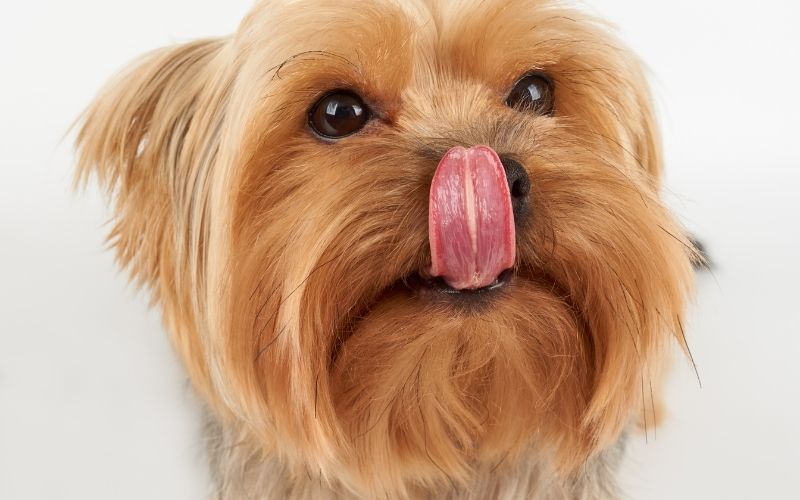
Another benefit of allowing your dog to lick your wound is that it can remove dead or infected flesh that you might struggle to clean otherwise.
Why do dogs lick their owner’s wounds?
It is a very instinctive action for dogs to lick wounds, either their own or that of other dogs.
Dogs are very much pack animals, looking after each other in terms of protection and health and will often lick the wounds of humans simply out of this instinct.
Dogs lick their own wounds to support healing
Dogs have very good self-healing abilities, and licking is part of this process.
When a dog licks their wound, they are not only cleaning it but also stimulating blood flow to the area which helps with the healing process.
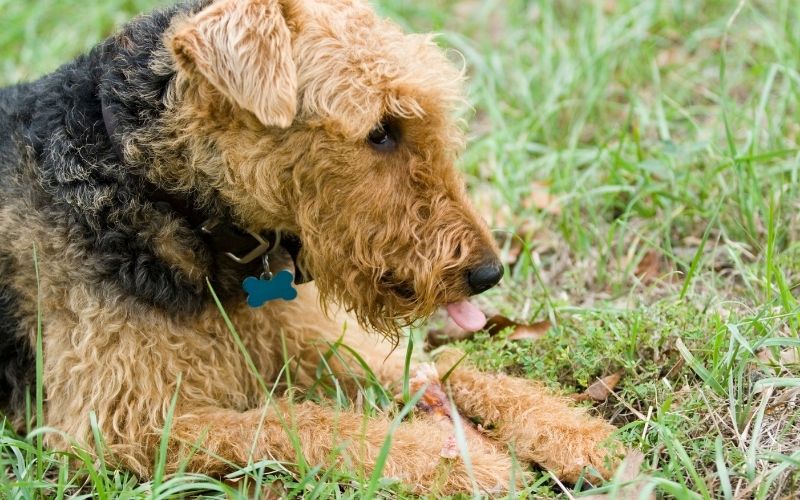
Licking also helps to remove any dead or infected flesh, preventing infection.
Not only will they do this to themselves but they will clean the wounds of other pack members and humans are often viewed, by dogs, as part of that pack.
Will dog saliva heal a wound?
The belief that dog saliva can heal a wound stems from ancient practice that lasted for thousands of years.
It began in ancient Egypt, continued through Greek times, and reached into modern culture.
People saw dogs licking wounds and then saw that the wounds recovered. They believed that allowing dogs to lick their wounds would aid recovery.
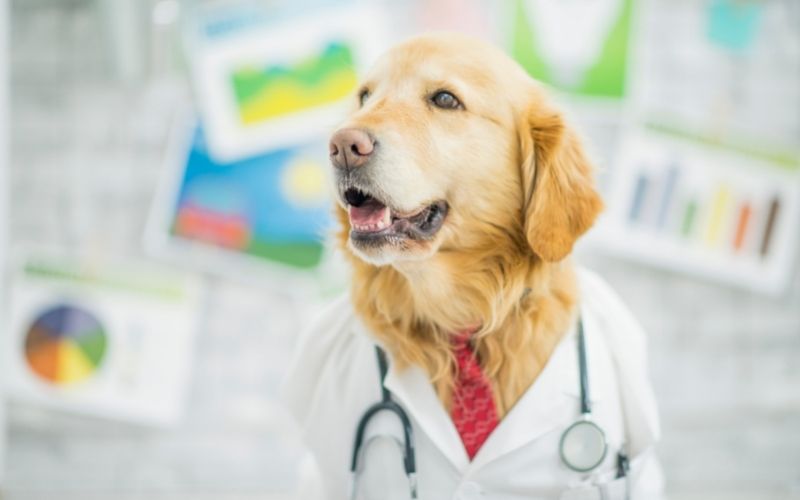
More recently science has shown that dog saliva contains proteins which can support recovery and help wounds to heal quickly.
The act of licking can also remove debris and dirt that may slow down healing and which could cause infection.
Will dog saliva infect a wound?
A dog’s mouth is home to a variety of bacteria, some of which can cause infections in humans.
Some of these infections can become severe and have historically led to amputations due to secondary infections – as a result of dogs licking wounds.
So there is a risk that if your dog licks your wound, you could develop an infection.
How do you stop your dog from licking your wounds?
If you are concerned about your dog licking your wound and causing infection, there are a few things that you can do to stop them.
First of all, it’s important to keep the wound clean and covered with a sterile dressing.
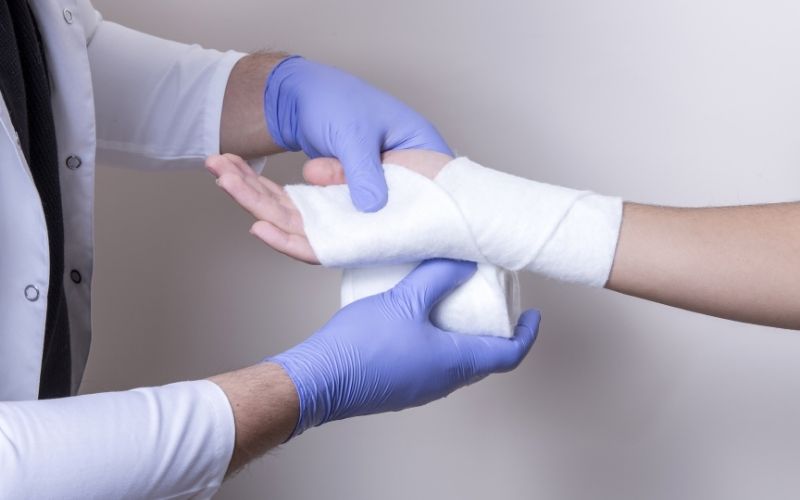
This will help to prevent infection and will also make the wound less attractive to your dog.
Don’t let your dog show any interest in your wound and try to keep the dog away from it or vice versa or give your dog something more interesting to do, such as play with a stuffed Kong.
Final words
In conclusion, you should not let your dog lick your wound if it is fresh and open as there is a risk of infection.
If the wound is older and healing, then there is less risk but you should still keep it clean and covered.
There are some benefits to allowing a dog to lick your wounds, such as cleaning and stimulating blood flow, but ultimately it is up to you whether you want to take the risk.



